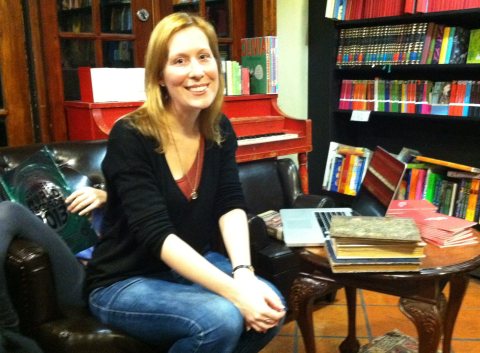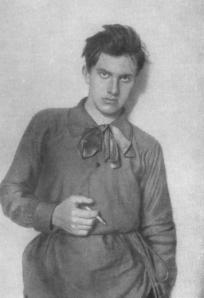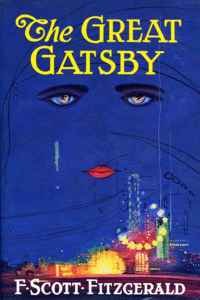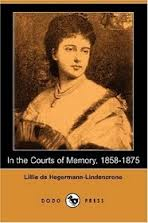What Makes a Book ‘Rare’ –– And Do You Have One?
January 19, 2013 By

Rare-book advisor Heather O’Donnell at the Community Bookstore’s living room-style meeting. Plenty
of social skill as well as professional knowledge goes into
face-to-face book evaluations with the owners. (Partly visible behind
Heather is her daughter, absorbed by “The Guiness Book Of Records,
2013.”) (Photograph by Brooklyn Artisan Photo Pool)
That location was open to the public, she said, and though usually she enjoyed the social contact and always cherished the occasional surprise discovery of a valuable volume, Heather allowed as how yes, as in any business, there were occasional bad days. In her business, a bad day can be opening the doors to “belligerent people with worthless books.” (Chuckles around the room.)
The rarity of a book is determined by its scarcity balanced against its desirability, she said. In general, book collectors look for first printings of books of importance, in good shape and with the dust jacket intact. Ideally there would be no fading, heavy wear or tearing of the book jacket or its binding; no stains or coffee rings, please, especially not on the cover (note to self: buy more coasters); no loose or missing pages, and – god forbid! – no yellow highlighting or disfiguring scribbles on the pages. Daintily penciled notes in the margins okay? It all depends on the collector.
Heather gave the example of a first edition of F. Scott Fitzgerald’s The Great Gatsby: in pristine condition including its dust jacket, it would sell in the neighborhood of $200,000; without the jacket, not so much – in fact, probably around $4000. (A quick glance at nearby laps showed few intact jackets; Brooklyn Artisan felt a little better about the bare-naked books we’d brought.) Authentic author’s autographs may enhance value but don’t guarantee it, we learned, and inscriptions like “Happy birthday to the best boy in the whole world, Love, Grandma,” while certainly not sought after, aren’t necessarily disastrous, either. Again, it all depends.
We got some pointers on research we could do ourselves such as looking at the standard reference works by Allen and Patricia Ahearn and searching on AbeBooks, which a librarian can help with, or even using amazon.com or ebay.com just to begin to get a fix on availability and price. Looking at auction records is better yet; again, the right librarian can coach you. Once you’ve done some homework, if the signs auger well, then you may be ready for the next step: approaching a dealer.
The moment had come to show the books that had been brought. It felt just a little like an audition. There were some nice books: a first edition of The Autobiography of Alice B. Toklas, by Gertrude Stein, still wearing its jacket.
Stein was well known when this book came out and there was a large printing, so the scarcity factor wasn’t strong, Heather said. The owner had bought it some time ago for a modest price at a used book store while in grad school. Gertrude Stein’s prestige waxes and wanes in both scholarly and popular attention, and though today it might fetch $100-250 from the right buyer, Heather said, it wasn’t likely ever to gain enough value to, say, finance college educations for the kids.

Monograph: Russian poet and playwright Vladimir Mayakovsky came from working class roots.
As a young Marxist activist, he started to write poetry in prison. By
1910, the time of this photo, he was a passionate socialist. After the
Russian Revolution, he traveled to Europe and America, lecturing. But he
grew disillusioned with Stalin’s regime and was disappointed in love.
In 1930, he took his own life.
Brooklyn Artisan was not surprised to learn that although our old Modern Library edition of William Blake’s work edited and introduced by W. B. Yeats had some literary interest, there was no value for a collector; the leatherette cover was buckled and beginning to separate from the pages. The William Morris-looking end papers were pretty and it was inscribed in Greek by the 20th Century American theologian whose bookplate was in it, so Heather suggested that if it were a family treasure, it could be rebound, with the end papers kept in place, probably for about $200 to 250. For referral to a bookbinder, she suggested going to the Center for Book Arts, where the craft of bookmaking and restoration is taught.
Our other book? It’s a cloth-covered hardback collection of letters by Lillie born-Greenough, married-then-widowed-by Moulton, then married-to-de Hegermann-Lindencrone. Published a little over a hundred years ago, it came to us from the library of Great-aunt Madeline, and had been given to her because her grandmother and Lillie’s mother were sisters, daughters of Judge P.P. Fay whose home in Cambridge later became the core of Radcliffe College. But its real appeal is the contents, here described in some detail. Wait, a good provenance, you might think, handed down in the family – doesn’t that add value? But no. It’s not a first edition, there’s no jacket, the cloth cover is faded and pocked, and although perfectly readable, it’s not exactly pristine – it has been happily handed around several generations in the family for everyone’s amusement and edification, and it shows.
Once again, Heather suggested protecting it as a family treasure – a custom-made slipcase to support the binding and discourage dust, perhaps. But please, definitely no plastic bags! (A few guilty starts in the room.) They seal in moisture, and so changes in temperature can create ideal conditions for mold, we learned. Ew, mold. Definitely not something to have in one’s library, collector or not.


No comments:
Post a Comment